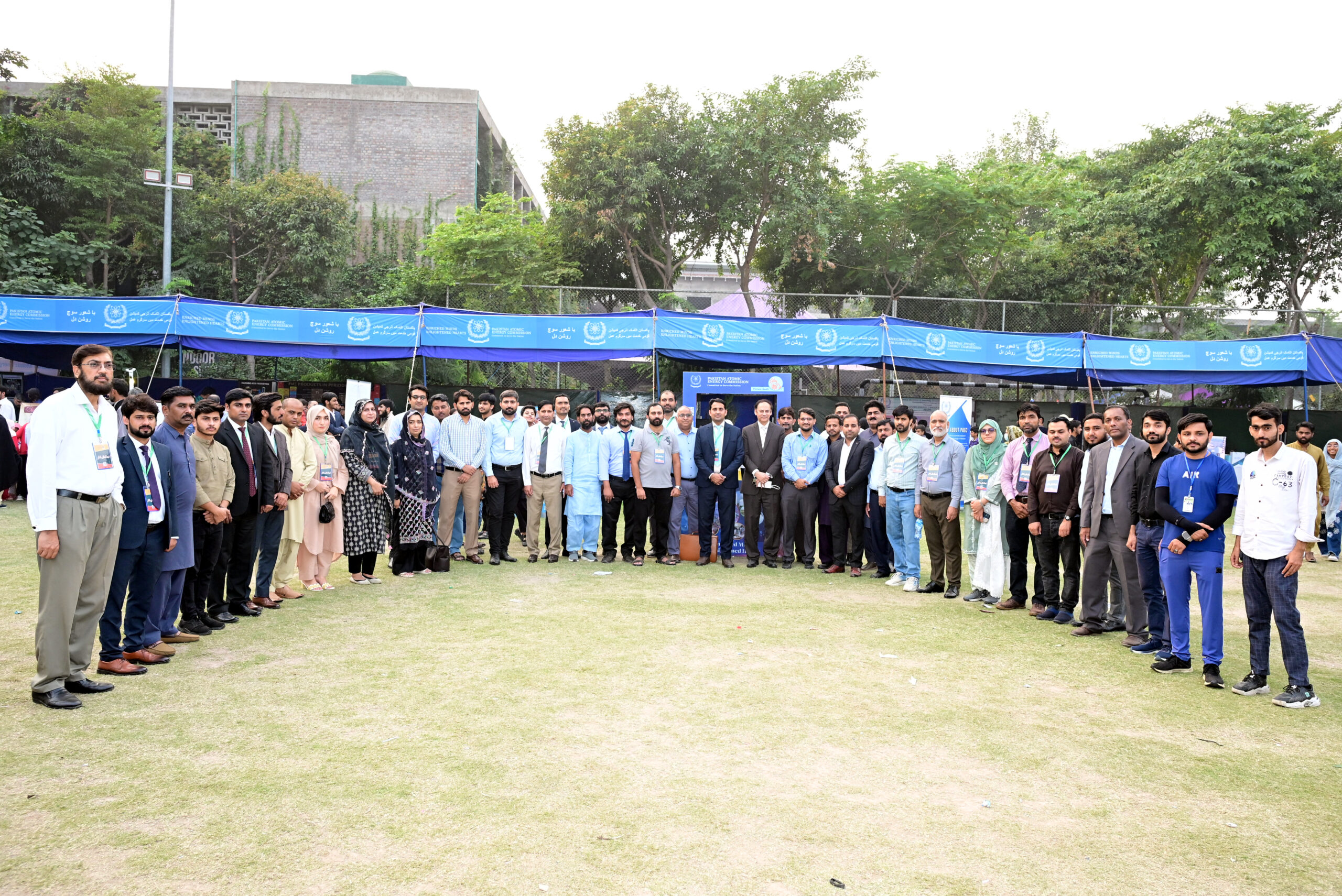Scientists have made significant progress in developing solar panels that can generate electricity even at night.
Researchers at Stanford University in the United States have created a solar panel capable of producing electricity during nighttime using a process known as radiative cooling.
Radiative cooling is a technology that cools objects by reflecting or emitting heat. At night, this process becomes more active as the Earth’s surface releases infrared energy into space. This creates a temperature difference between an object and its surroundings, which can be harnessed to generate electricity.
Based on this principle, scientists connected thermoelectric generators to conventional commercial solar panels, successfully producing a small amount of electricity from the heat emitted by the Earth’s surface.
The researchers also modified the panels to generate about 50 milliwatts of electricity per square meter at night.
Typically, conventional solar panels generate around 200 watts per square meter during daylight, making the nighttime electricity production significantly lower. However, this amount is sufficient to power small devices like LEDs and sensors.
The leader of Stanford University’s research team noted that while the current energy output is minimal, there is significant potential for improvement.
This method works effectively only under clear skies, as clouds reflect infrared energy back toward the Earth, reducing the efficiency of radiative cooling. The experts emphasized the need for further research to explore specific materials and enhance the efficiency of thermoelectric systems, enabling a more reliable energy output.





